The Questionable Rewards of a Visit to Inaccessible Island
We speak to those who have made the nigh impossible journey.
Remoteness and isolation are always relative. A half day’s drive from the city can feel incredibly removed; a place without cellphone service can feel isolated. But by any standards, Inaccessible Island, which is a real place that’s really called that, is one of the most remote and isolated places on the planet.
“It’s like a giant wedding cake, with very very steep cliffs, just dropping off straight into the sea,” says Brian Gratwicke, a biologist with Smithsonian who has, well, accessed Inaccessible Island. Imagine a big slab of rock, plopped into the freezing and unforgiving South Atlantic, about equidistant from Argentina and South Africa. There is one short, narrow, pebbly beach on which you can land little boats, but the sea there is so rough, and the landing so difficult, that there are only a few times a year when it’s even possible to visit. It is part of an archipelago, called Tristan da Cunha, that’s considered the most remote, isolated populated archipelago in the world, but only one of the islands is populated, and it sure isn’t Inaccessible.
People who go there, and a slowly increasing number of people are doing so, are drawn by this very fact. Tristan da Cunha is not a place that would appeal to most tourists; the weather is harsh and changeable, the islands are mostly the tips or vents of undersea volcanoes with a few flat pasture-lands, and there isn’t much to do there. The entire idea of going is because these islands are so remote, so untouched, and so hard to get to. “It’s more bragging rights than anything else to have been to such a remote settlement that’s so isolated,” says Chris Howarth, an Australian program manager who has been to Tristan da Cunha twice. (She likes taking wild expeditions for vacation.)
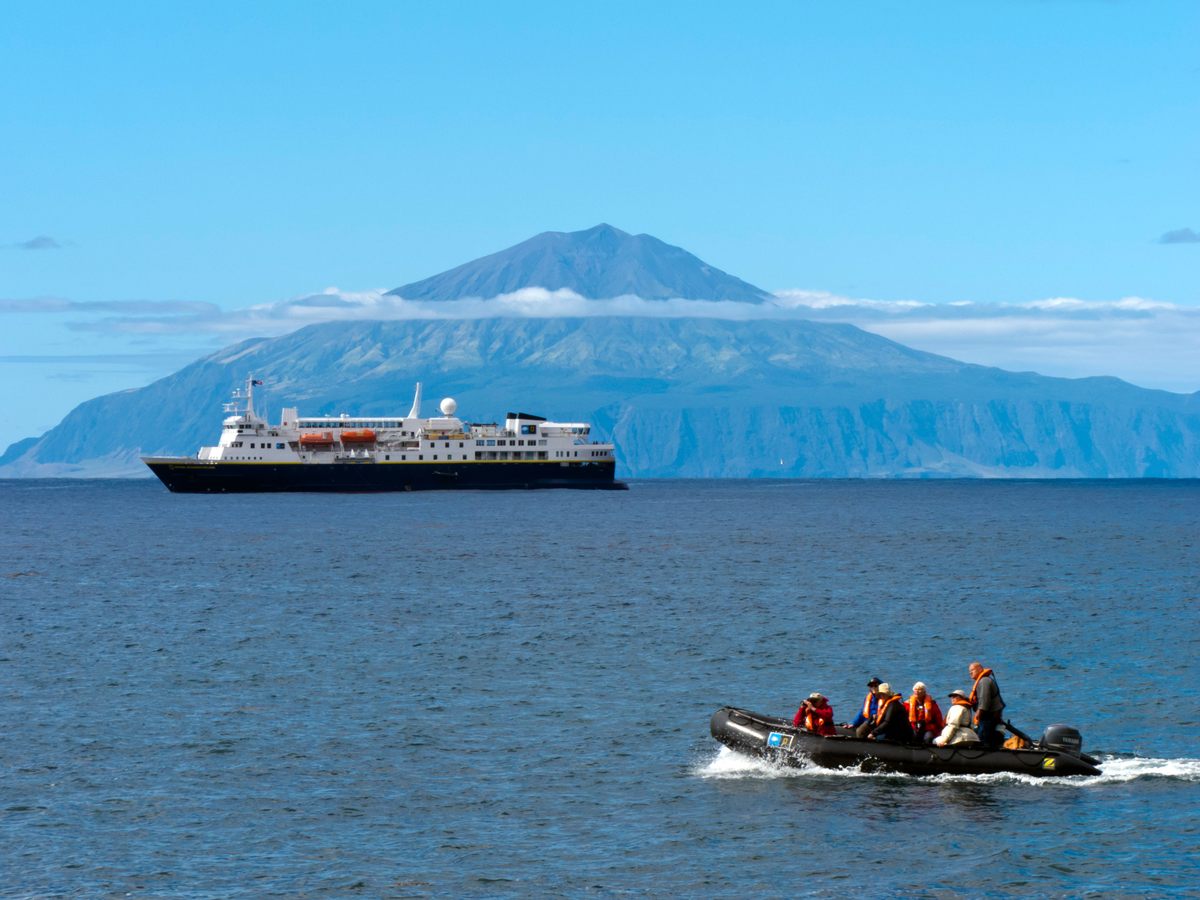
The archipelago is made up of five islands: Tristan, the main island and the only populated one; Nightingale and its two tiny surrounding islands; and Inaccessible Island. There is a sixth (Gough Island) that’s legally part of Tristan da Cunha, but at 245 miles away from the main island it’s kind of its own thing.
Here’s how you get there, if you even can get there, which is hardly a guarantee. You board a ship from either Cape Town, South Africa, or Ushuaia, at the southern tip of Argentina. These places are extremely far apart, and Inaccessible Island is located roughly halfway between then, in the doldrums of the South Atlantic Ocean. You cannot fly there. You can’t really fly anywhere near there. And that’s not “can’t” unless you are some kind of crazy rich person who can just make things happen with money. “Can’t” means it cannot be done.
So you board this ship, which is probably either a fishing vessel or a research vessel, or maybe a big commercial cargo boat. It takes eight days to get to Tristan da Cunha, the archipelago of which Inaccessible Island is a part, if you’re going nonstop, which not every ship does. “Not many people have the ability to entertain themselves for that long at sea,” says Howarth.
The only permanently inhabited island in the archipelago is Tristan. There are a couple of guest houses, and a government house, but most tourists will not sleep there; there are no hotels or beds-and-breakfasts or Airbnb. Most will instead sleep on the ship, anchored offshore. To get from your ship to Tristan, you can either take a little dinghy or a helicopter, but if you don’t have access to a helicopter, pray for good weather. The harbor is minimal, with little protection from the fantastically rough chop. There’s no beach, no marine walls to break the waves. “It’s perfectly within the realm of possibility that you show up at Tristan and four days later you’re still sitting in the ship off Tristan,” says Greg McClelland, a biologist who focuses on island ecology and who actually lived on Tristan for the better part of a year as a science and policy advisor.
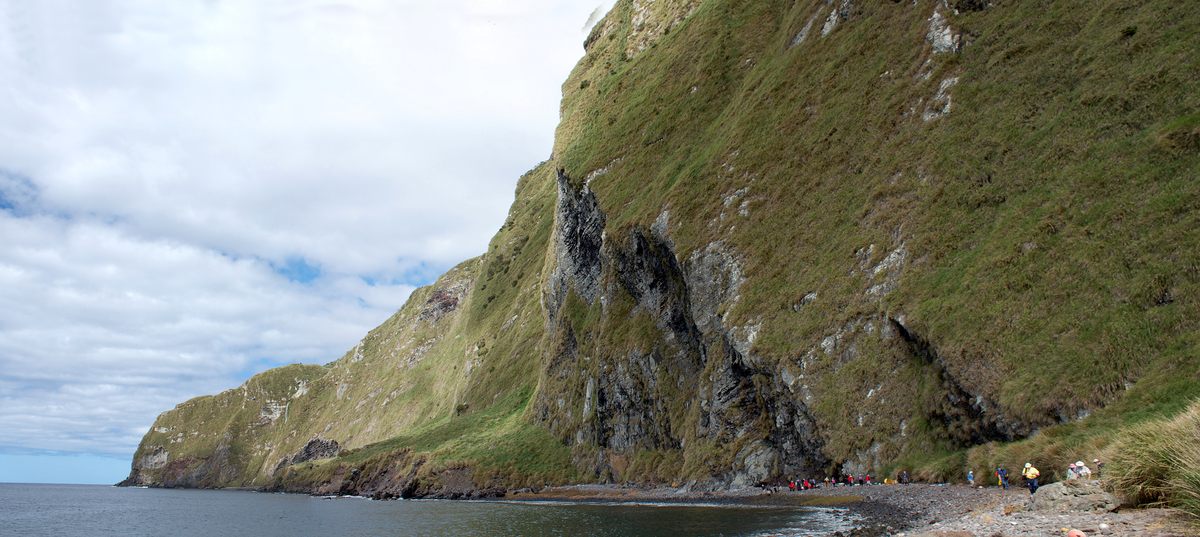
To go to Inaccessible Island, you need permission from the island government; it is officially an overseas territory of the United Kingdom, but in reality, as with many remote territories, it’s self-governing. Take your boat 28 miles southwest, get back in your dinghy—no helicopters this time, even if you do have one—and, again, hope. McClelland says it’s really only possible to land on Inaccessible Island for a week or so each year, probably around December and January.
Inaccessible Island has one small beach, made up of pebbles, that provides a non-ideal but technically possible place to land a boat. There’s a small research cabin on one end of the beach, used every once in awhile by scientists. For most people, that’s where the trip to Inaccessible ends. “You can’t go anywhere. You can land on this little beach, walk up to one end, come back down again, and then have to get into the Zodiac [a little inflatable boat] again to get off the island,” says Howarth.
It is a very long way to go for a ten-minute stroll.
Inaccessible Island, and Tristan da Cunha as a whole, has fascinated people for hundreds of years. Though it was first sighted in 1506, nobody landed on any of Tristan’s islands until (we think) 1643. Few landed there for another hundred or so years, until the late 18th century when a few naturalists explored little bits of the islands. After some failed attempts, the permanent settlement began on the island of Tristan in 1817, when a British soldier asked to be left behind there with his family. From there, some shipwrecked sailors ended up on the island, and some women from South Africa or elsewhere in the South Atlantic ended up there as well. Today, there are about 250 people on Tristan, all of whom live in the only settlement on the island, called Edinburgh of the Seven Seas. Everyone I talked to reiterated that the Tristanians—they call themselves Islanders—are not interested in adding new residents.
Inaccessible is a different story. It was first sighted in 1656, and the first known landing wasn’t until 1803. But the history of the island gets extremely weird in 1871, when two Moscow-born German brothers, Gustav and Frederick Stoltenhoff, decided to settle on Inaccessible Island and operate a trading business, mostly of seal pelts. Eric Rosenthal describes their misadventures in a 1952 book called Shelter From the Spray. “If ever an island deserved its name, it would seem that Inaccessible did,” writes Rosenthal. “Its vast square summit rose like a wall above the little ship as she tossed about at her moorings off the western side.”

The Stoltenhoffs, fresh out of reluctant service in the Franco-Prussian War, had landed on Tristan once and heard tales of another island, nearby and uninhabited. A Tristanian had told them of a harvest of 1,700 seal pelts on Inaccessible the year before, a treasure trove of money. So the brothers decided out of a sort of Robinson Crusoe-type lust for adventure, as well as valuable seal pelts, to live on Inaccessible Island for awhile.
Their two years on Inaccessible were completely miserable. They had no idea how to build shelter, did not know how to catch or skin a seal, forgot to bring vital supplies like rope and candles, had their fishing boat and house repeatedly destroyed by weather, and, by their accounts, were screwed with by mean Tristanians who came by every few months, stealing their supplies and shooting the wild goats the Stoltenhoffs relied on. (Previous visitors to the island had introduced some domestic goats and pigs, which survived during the time the Stoltenhoffs were there; the animals were completely removed in the 1950s.) The brothers brought a dog and a few puppies; the dogs fled and became feral within a few weeks.
Surviving mostly on penguin eggs and wild boar they described as disgusting (when they could even catch one), the brothers survived, clumsily and improbably, through two full winters. From the book: “‘The penguins are coming ashore!’ Gustav shrieked with delight. ‘If only we can get at them.’ Whether through their own weakness, or the superior instinct of their prey during the first few days, they failed to kill a single bird. Instead they found themselves pecked and once or twice even knocked over by the vigorous antics of their opponents.”
After two years of being physically bested by penguins, having killed only 19 seals (the pelts of which they traded for some biscuits), and every few months refusing to be rescued, the Stoltenhoffs gave up and went home. Having already been named and featured in atlases, Inaccessible couldn’t be named after the Stoltenhoffs, but a tiny rock nearby did not have a name when they were rescued, and was named Stoltenhoff Island, after them. Nobody since the Stoltenhoffs have tried to live for any real length of time on Inaccessible Island.
Today, when people go to Inaccessible Island, it’s mostly because it is such a remote, unknown, untouched place. But there’s one other reason. “One of the things that really excited me as a biologist was getting to see flightless rails,” says Gratwicke. Inaccessible Island is home to the world’s smallest flightless bird, the Inaccessible rail. It is…not a particularly beautiful bird, being small and dark brown, with a sharp little bill it uses to mostly eat insects. “When we got to Inaccessible Island, it was pretty amazing, because none of the birds had any fear of people,” says Gratwicke. “They would walk right up to you and nibble on your fingers.”
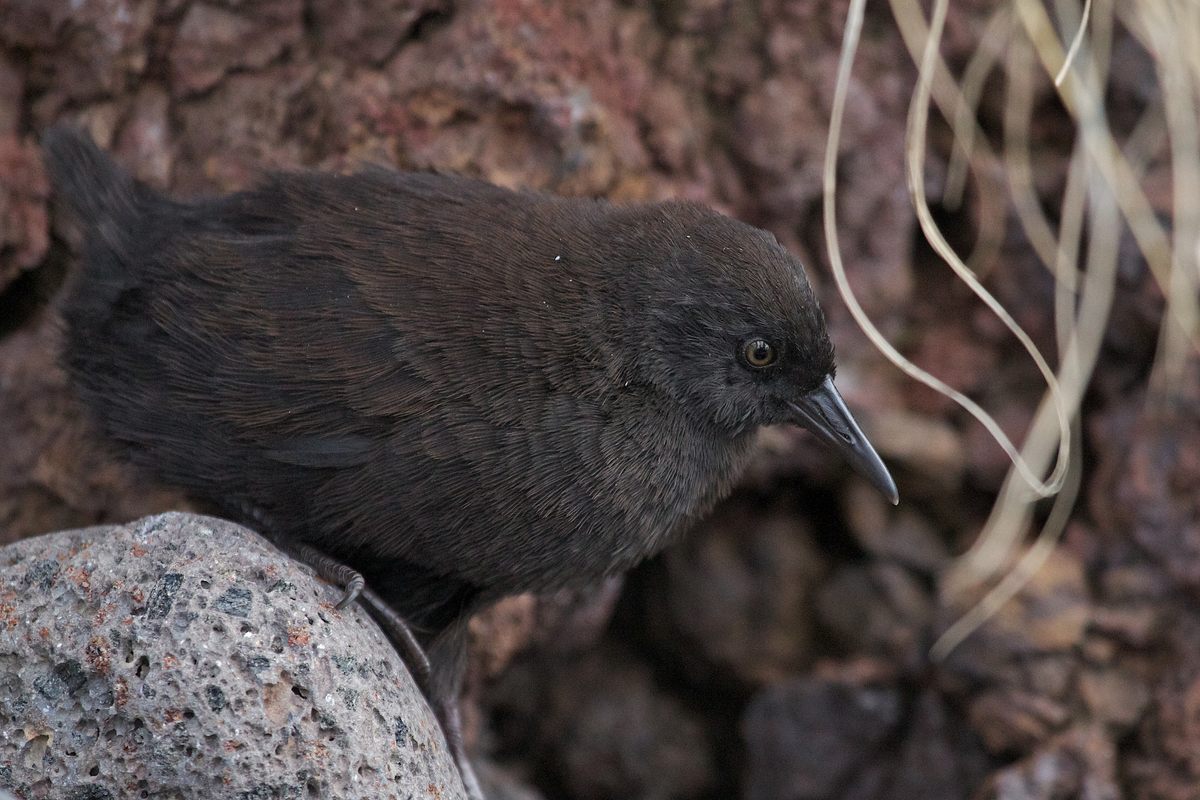
It isn’t always easy to see the rails, though there are plenty of them on the island. “You can walk along for a bit and not see them, but if you play their call, it turns out there’s one a couple meters from you in every direction,” says McClelland. The rails have survived, unlike other small flightless birds, because, amazingly, there are exactly zero land mammals on Inaccessible Island. It’s fairly common for islands, especially isolated ones, not to have any endemic mammals; unlike birds, there isn’t really any way for mammals to get to many of these islands.
But ships, when they arrive, bring pests, especially rats and mice, which can absolutely decimate bird populations. Rats have been established on Tristan for a century, and they prey on eggs and young birds that have evolved no protections against them. Tristanians have an annual rat-hunting day to try to control their population, but it’s not easy. On Inaccessible? Not a single rat.
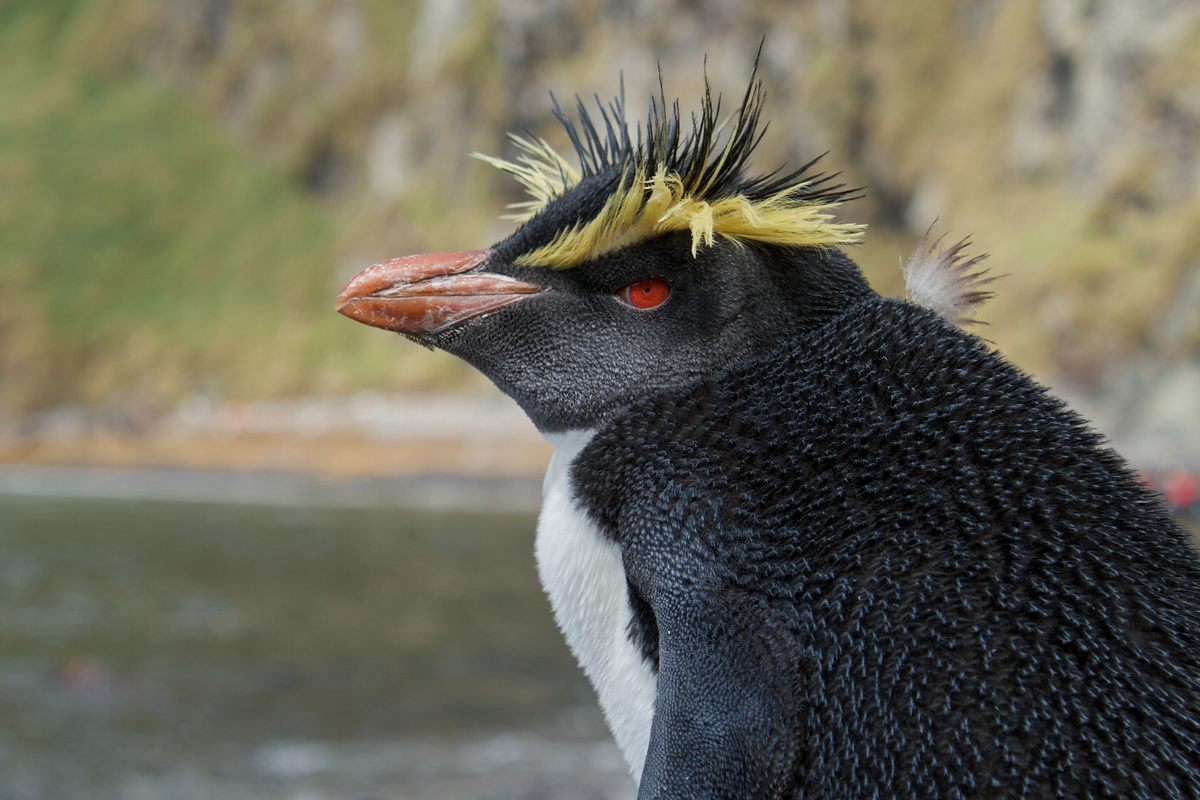
Inaccessible Island is a great place to see all kinds of birds, really. The Stoltenhoff brothers certainly didn’t eat all of the penguins there; today, there are large populations of northern rockhopper penguins, as well as vast quantities of shearwaters, petrels, and several species of albatross.
Other than that it’s sort of what it seems like: a big rock in the middle of nowhere. That’s not necessarily a slight; it is what it is. And the name certainly remains accurate.
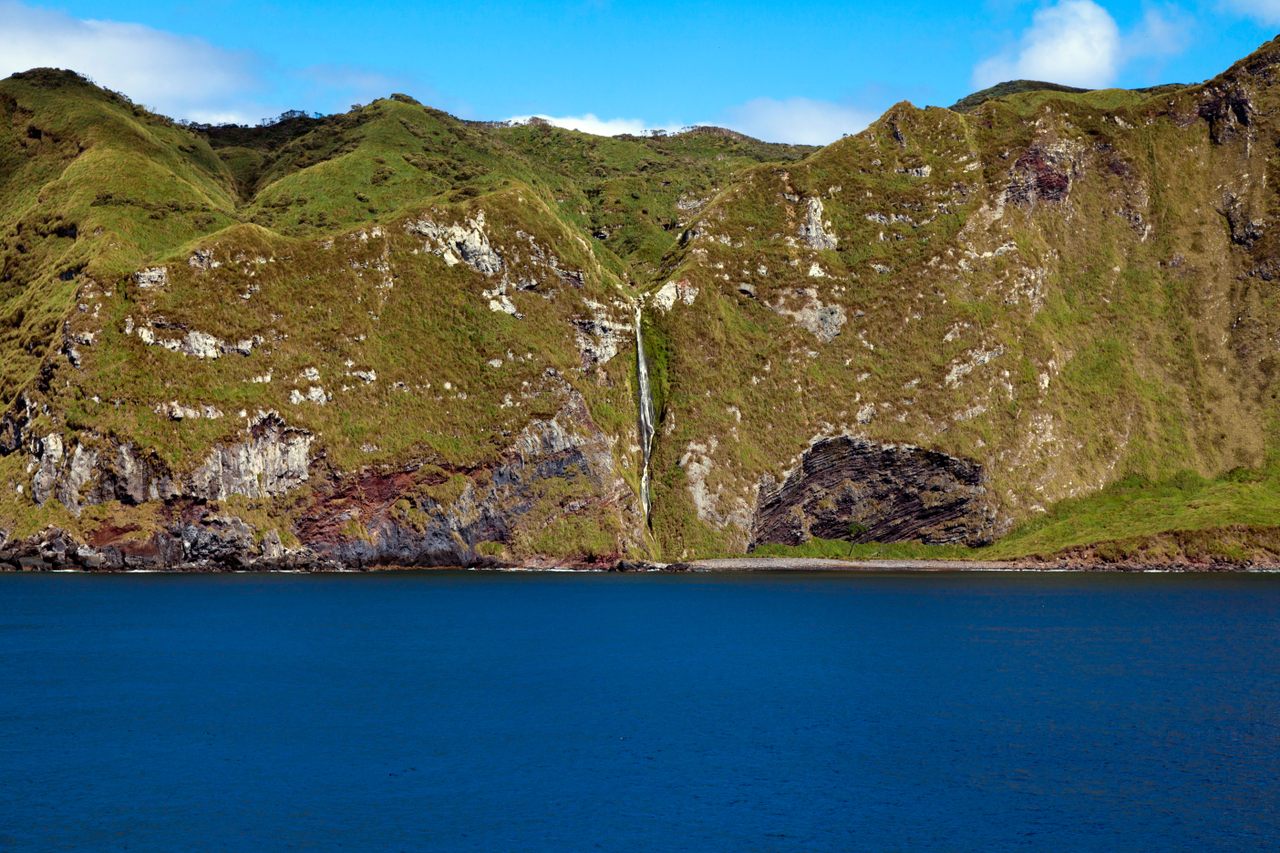




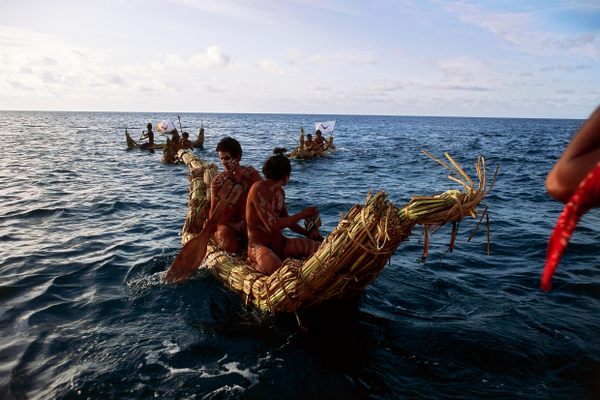




Follow us on Twitter to get the latest on the world's hidden wonders.
Like us on Facebook to get the latest on the world's hidden wonders.
Follow us on Twitter Like us on Facebook